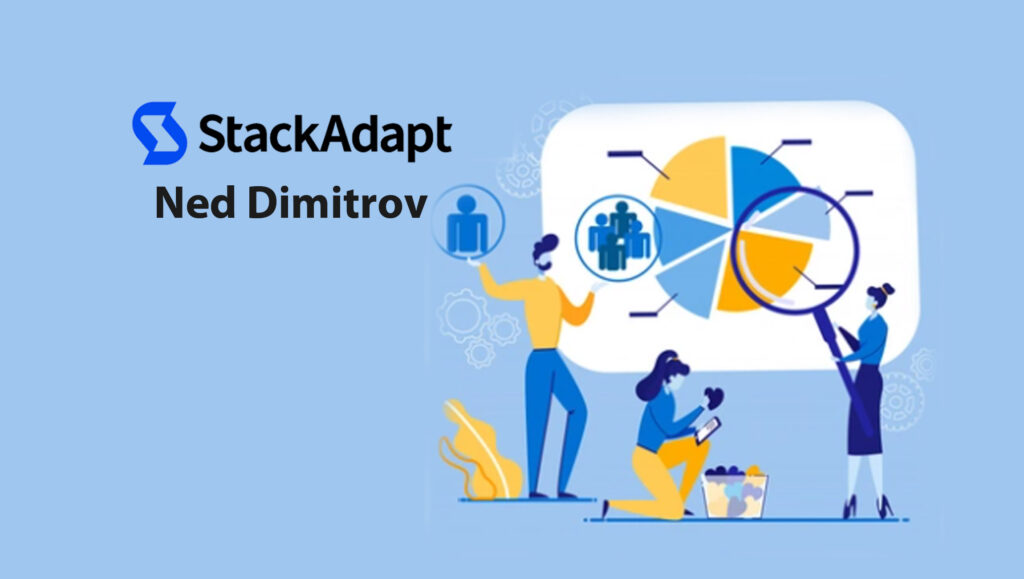In the 1990s, the cookie made tracking in-browser user behaviour a useful tool for targeting digital ads towards receptive consumers. But with consumer demand and new regulations around online privacy, this is changing: Many browsers today are phasing out 3rd-party cookie tracking. For example, Google has announced that it will phase out the 3rd-party cookie on Chrome browsers by 2023.
Privacy regulations like Google’s mean that in the coming years, behavioural targeting may become more restricted. This doesn’t mean audience targeting is going anywhere—it’s simply evolving. One solution for adjusting to new privacy regulations is contextual advertising. This alternative tactic uses content, not cookies, to streamline audience targeting in a privacy-safe environment. Because contextual targeting doesn’t collect or use information about users, it protects user privacy. It does this by leveraging the context next to which the ad appears.
Read More: Enhancing Your User Experience Will Drive Sales. Here’s How.
Audience targeting can be very effectively done using contextual tools. A credit union advertising home loans, for example, might find that behavioural targeting sometimes includes renters who earn a high income. With contextual advertising, the audience can be targeted based on the content they are consuming at the time they view the ad. So, the credit union might display ads for home loans on pages that describe the process of buying a home, or pages that provide real estate listings.
This example shows how contextual advertising is effective because it captures the right audience at the right time. This tactic for audience targeting can actually increase campaign performance because your ads are reaching the user when they have a specific frame of mind. When a user is scrolling an article about the process of buying a home, they are signalling an intent: that they are considering a home purchase. Contextual advertising gives advertisers, like a credit union, access to this valuable intent.
Today’s contextual advertising isn’t a brand new methodology, it’s simply an updated one. In the past, contextual technology relied on human input to determine the right context. It was a work intensive process that required marketers to sometimes enter a lot of metadata, just to specify the right type of content to target. This isn’t the case anymore. Modern contextual advertising leverages machine learning and artificial intelligence (AI), which has made this targeting method more streamlined and precise than ever before. Thanks to current technology, contextual advertising is multi-channel and scalable, making it a reliable means for audience targeting.
Innovation in contextual advertising doesn’t stop there. In the future, contextual tools will enable marketers to achieve better results with less input. For example, future AI might automatically select inputs for targeting the right content, and then adjust the campaign parameters as campaign performance data is gathered and analyzed. With innovative developments like this, humans will still have the option to manually set up their campaigns, but it won’t be necessary. By relying on AI and machine learning to select the right content for a campaign, marketers will earn back valuable time.
We’re already seeing that contextual advertising is shaping the ad tech industry. With user tracking facing increasing technical and legal hurdles, contextual is emerging as an alternative audience targeting method that doesn’t have to replace behavioural targeting. Instead, it can be leveraged alongside behavioural campaigns. For example, if a brand has audiences across the U.S. and Europe, using behavioural and contextual targeting in tandem makes sense. General Data Protection Regulation (GDPR) in Europe means that contextual advertising is the better way to connect with a relevant European audience. But in the U.S., that brand may prefer to stick with behavioural targeting, especially if the brand has an established media plan that is already driving results.
Privacy regulation doesn’t mean the end of audience targeting. Instead, new regulations are stimulating innovation in audience targeting that ensures targeting methods are aligned with upcoming trends and policy changes. Those aren’t the only benefits. With cookie-free audience targeting marketers can leverage contextual technology to create audience segments based on a topic that the audience is interested in. This provides marketers an opportunity to reach their target audience when they are in a receptive frame of mind, which for many, means increased campaign performance.
Read More: To Understand ABM, First Understand What ABM Isn’t





















